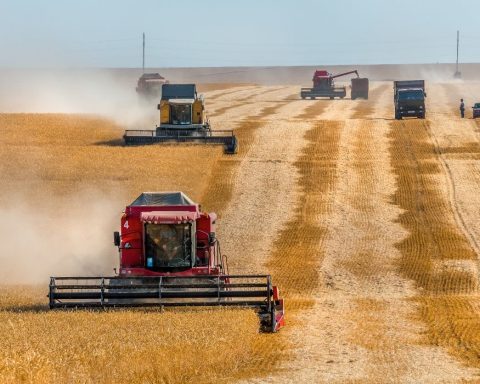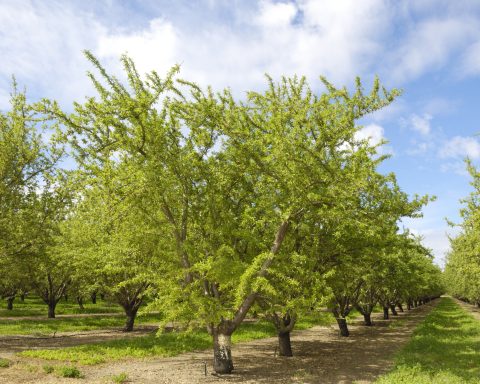Consumer surveys show that the majority of North Americans care about the welfare of animals on farms. And meat producers have taken note, slapping terms such as “humanely raised” and “high animal welfare” on the items that fill the meat aisle of your local grocer. But seeking out products from animals believed to have been raised using more humane methods means navigating a complex landscape of labels, with inconsistent definitions and weak oversight.
Government agencies in charge of food labelling in both Canada and the United States have not legally defined the term “humane,” instead leaving it up to producers or third-party non-government bodies to decide. And in some cases, no one is checking on-site to ensure compliance anyway.
In Canada, claims made on meat labels are overseen by the Canadian Food Inspection Agency (CFIA). They are known as “method of production” claims, the agency tells Corporate Knights, and depend on a party’s ability to show that the labels are “complete, truthful, and not misleading.” To substantiate these method-of-production claims on meat, though, producers need only to provide “valid documentation,” which according to CFIA means “anything on which information that is capable of being understood by a person, or read by a computer or other device, is recorded or marked.” Verifying compliance with labelling claims, the agency states, “would not typically be at the farm level but rather through documentation.”
“Nobody inspects farms,” says Camille Labchuk, lawyer and executive director of Canadian animal law organization Animal Justice. In fact, the treatment of animals on farms is not under the jurisdiction of the CFIA, which only oversees transport and slaughter.
In the United States, the process and standards for claims regarding animal handling on meat products is much the same. The U.S. Department of Agriculture (USDA) Food Safety and Inspection Service (FSIS) oversees meat labelling. To apply terms such as “humanely raised” on a product, a company must submit documentation to the FSIS. However, the process remains similarly hands-off, with companies needing only to submit a form, a label sketch and written proof of practices. Again, there are no on-site inspections to verify the truth behind the claims.
Non-binding (or non-existent) audits
“The only thing that the guidelines require is that the company include how it chooses to define humanely raised, either on the package itself or links to where a consumer can find that definition on the company’s website,” Zack Strong, senior attorney and acting director with the Animal Welfare Institute’s farmed animal program, told Sentient in 2024. In some cases, he adds, “humanely raised” can mean that an animal is not caged, or is fed a vegetarian diet, or that producers are simply meeting standard industry conditions.
In August 2024, the USDA updated its guidelines for meat labelling, encouraging third-party auditing.
In Canada, third-party auditing or non-government certification programs are also considered “acceptable manners to substantiate a method of production claim,” according to CFIA.
RELATED
How expensive eggs and dead chickens show the major problems in poultry production
Canada’s plan to phase out animal testing suffers a setback
Cooking the books: The magical math of ‘climate-friendly’ meat
Third-party certifications (which are used for some JBS, Tyson and Maple Leaf products) offer varying degrees of animal welfare standards, with some requiring different levels of on-site auditing. However, these programs – such as American Humane, Certified Humane, GreenCircle – are not legally enforced.
For example, GreenCircle’s standards state that sows be raised without gestation crates, which currently is above industry standard, while at the same time allowing for “market pigs [to be] raised in open pens,” which it notes in finer print is “like most pigs in North America.” Ironically, Maple Leaf’s Greenfield meat – certified by GreenCircle – doesn’t come from animals raised on fields at all.
In a statement to Corporate Knights, a spokesperson for Maple Leaf Foods says the company’s auditing programs for chickens and pigs labelled humanely raised “exceed the requirements” for the national voluntary codes of practice “and related Canadian Pork Excellence PigCARE and Chicken Farmers of Canada Animal Care programs.”
But the reality is that without clear, enforced standards and proper farm inspections, shoppers are left to decipher the true meaning behind these claims, making it difficult or nearly impossible to make informed choices about animal welfare before paying the premium price.
Jessica Scott-Reid is a freelance journalist covering food, farming, animal and environmental topics for Canadian media. She is also a correspondent for Sentient, covering culture and misinformation.





